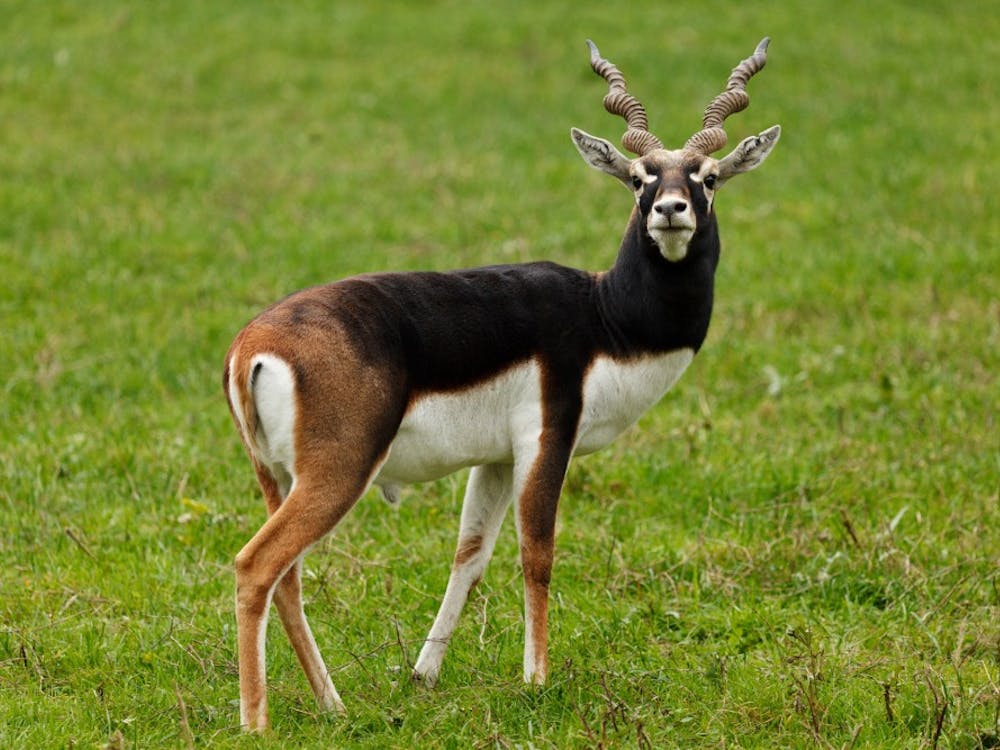The Amazon rainforest is filled with the sounds of chirping, buzzing, and howling. However, there is one sound you might not have expected. Purring. From a monkey. This monkey, the Callicebus caquetensis, is one of more than 440 new species discovered in remote parts of the Amazon rainforest, according to the World Wildlife Fund (WWF).
Researchers have worked tirelessly to find any previously undiscovered organisms in the Amazon. Just this year, the WWF published a compilation of new species discovered between 2010 and 2013. The list includes a total of 258 plants, 84 fish, 58 amphibians, 22 reptiles, 18 birds and one mammal. These numbers do not take into account the myriad of insects and other invertebrates discovered as well.
Allobates amissibilis, a thumbnail-sized frog: This highly endangered frog is one of the three known species from the genus Allobates that live in Guyana. Because of its small population size and the threat of tourism to its habitat, researchers have decided to name it Allobates amissibilis, translated the Latin phrase: “that may be lost.”
Callicebus caquetensis, a purring monkey: Discovered in 2010, this unique monkey, one of about twenty species of titi monkey, lives in the Amazon Basin. When it is happy, it purrs like a cat.
Cercosaura hypnoides, a flame-patterned lizard: This species of lizard has actually never been seen in the wild before. It was originally discovered from the hatchlings of eggs that were collected by researchers in the Columbian Amazon.
Chironius challenger, a snake from The Lost World: This brightly colored snake species was discovered in the mountains of Guyana, at an elevation of 4,922 ft. It was named after Professor George Edward Challenger in Arthur C. Doyle’s novel, The Lost World.
Gonatodes timidus, a warpaint-patterned lizard: This lizard was discovered in 2011 by researchers in Guyana. It has irregularly patterned splotches on its head. The colors of the splotches range from bluish white to bright yellow. Despite the ‘warpaint,’ these lizards are very shy creatures that tend to avoid humans. In fact, its name, Gonatodes timidus, translates to ‘timid’ or ‘fearful’ from Latin.
Passiflora longifilamentosa, a passion flower: The Passiflora longifilamentosa was discovered just this year in the Brazilian state of Para. Surrounded by purple petals, spaghetti-like corona filaments burst out of the flower’s center and wrap around each other, giving it a beautifully quirky look.
Sobralia imavieirae, a pink orchid: Many new orchid species were discovered, including the fabulously pink Sobralia imavieirae, which inhabits in the Brazilian Amazon.
Tometes camunani, a vegetarian piranha: This new species of piranha can grow up to twenty inches in length and weigh up to nine pounds, which is approximately the size of a newborn child. But there’s no need to worry – this piranha is strictly vegetarian. It feeds on the seedlings of freshwater plants that grow in swiftly flowing rocky rapids.
As more and more of these wonderful organisms are discovered and added to the repertoire of known species, our knowledge of what species and their capabilities have evolved into is advanced. Concurrently, with these new discoveries, we must be wary of habitat destruction, which is detrimental to the biodiversity of fragile ecosystems. These new plants and animals are unique to the Amazon rainforest, which makes their species as a whole particularly sensitive to deforestation.




